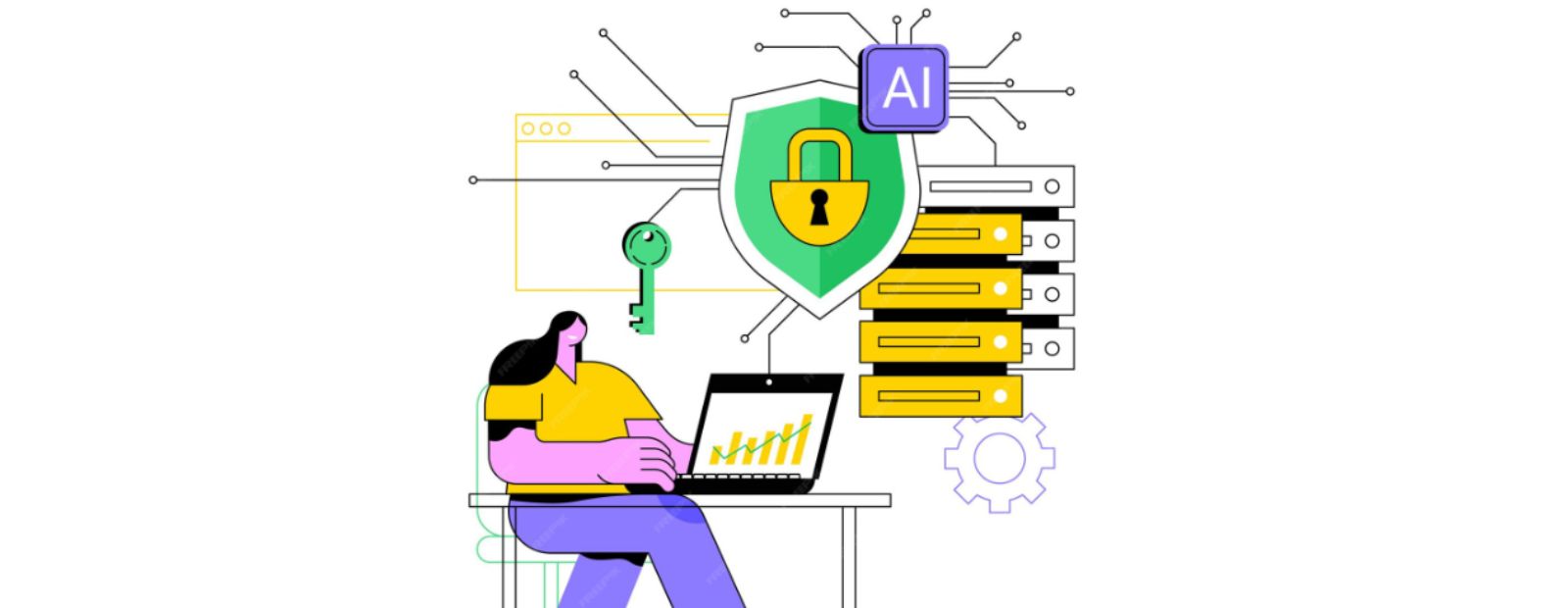Connect with us

Breaking the Mold: Disruptive Infrastructure Strategies for Modern Needs
Tired of outdated infrastructure slowing down your business? Roads, buildings, and systems built decades ago may no longer meet today’s demands. Businesses often face delays, high costs, and inefficiencies because the old ways just don’t work anymore. Here’s the important point: new approaches are changing how infrastructure is built. For example, modular construction can reduce project timelines significantly. These updated methods save time and money while preparing for future growth. In this blog, you'll learn practical strategies to modernize systems without overspending. We’ll explore bold solutions that fit current needs and future demands. Stay with us—you won’t want to miss this!
The Need for Disruptive Infrastructure Strategies
Traditional infrastructure models often falter under modern pressures. Rapid urban growth, technological changes, and global supply chain demands have revealed their shortcomings. Businesses relying on outdated systems encounter higher costs, inefficiencies, and missed opportunities. New strategies directly tackle these issues. They adjust to customer needs while promoting economic growth. For example, incorporating tech solutions like automation decreases delays in construction projects. Adopting unconventional methods also aids in reducing waste and emphasizes sustainability without compromising performance.
Key Elements of Disruptive Infrastructure
Modern infrastructure demands bold, practical strategies that challenge the norm. Strong foundations come from blending progress with purpose.
Innovative Technology Integration
Smart sensors now monitor real-time traffic patterns to reduce congestion. Cloud-based systems enhance energy usage across major facilities. Businesses looking to integrate similar tools often turn to Managed IT services in Springfield to support reliable, scalable infrastructure upgrades and digital modernization. Technology integration like this improves efficiency and reduces waste in infrastructure projects. Technology is the only way to stay ahead in a rapidly evolving world, said tech entrepreneur Elon Musk. 3D printing methods also lower construction costs while speeding up timelines. Blockchain secures data sharing for global supply chains, offering transparency and trust essential for modern needs.
Sustainable and Eco-Friendly Approaches
Incorporating technology into infrastructure often creates opportunities for environmentally friendly practices. Businesses now include solar panels, wind turbines, and energy-efficient systems in building designs to lower carbon emissions. These adjustments conserve resources over time while addressing customer demands for eco-friendly choices. Using recycled materials minimizes waste during construction projects. Cities reuse old concrete or steel instead of obtaining new resources, reducing costs, and promoting global supply chain sustainability. Rainwater collection systems in urban areas address water shortages and reduce utility expenses for business owners as well.
Scalability for Future Needs
Adopting eco-friendly approaches sets a strong foundation, but adaptability is key for growth. Businesses require infrastructure that can grow with market demands and customer needs without exceeding budgets. Consider modular systems or tech solutions like cloud-based platforms. These options grow as your operations do, avoiding expensive overhauls later. For example, companies relying on global supply chains benefit from adaptable warehouse networks that adjust to changing trade routes or inventory surges. To ensure smooth scaling of tech infrastructure, many choose MSPs like Base Solutions for their ability to support expansion and provide reliable long-term IT strategies.
Transformational Approaches to Modern Infrastructure
Fresh methods are changing how infrastructure serves businesses—discover what’s bringing about these changes.
Modular Construction Techniques
Businesses increasingly adopt modular construction for flexibility and speed. Prefabricated modules produced off-site save time and reduce labor costs. These modules come together like building blocks, shortening traditional project timelines by up to 50%. Companies can adjust designs mid-project without large delays, an advantage over conventional methods. This approach also minimizes waste, meeting modern customer needs for eco-friendly practices. Materials are efficiently managed in controlled factory environments, lowering scrap production significantly. Weather disruptions become less of a concern since most work happens indoors. Solutions incorporating AI tools further enhance precision during assembly processes, preparing for advanced automation in infrastructure development ahead.
AI and Automation in Infrastructure Development
Modular designs lead to smarter construction. AI and automation improve processes further, creating more efficient operations and quicker project completions. These technologies allow machines to anticipate maintenance needs or identify design issues before construction starts. Robots now manage repetitive tasks like bricklaying or welding with precision and efficiency. Predictive analytics assist project managers in anticipating delays or cost overruns. This technology not only reduces expenses but also enhances safety by limiting human exposure to dangerous tasks.
Smart Cities and IoT Implementation
AI powers smart cities, but IoT connects them. Sensors, devices, and data work together to enhance traffic flow, reduce energy use, and improve safety. Cities like Singapore use IoT for real-time monitoring of water systems, preventing shortages. Business owners see benefits in lower operational costs and better resource management. Smarter grids cut electricity waste, while IoT parking lowers fuel consumption. Investing today prepares businesses for a technology-driven future that prioritizes customer needs.
Overcoming Challenges in Infrastructure Disruption
Addressing modern infrastructure problems is akin to solving a challenging puzzle with pieces that don’t quite fit together. Original thinking and courageous actions often lead the way.
Addressing Funding and Cost Barriers
Funding gaps often stall ambitious infrastructure plans. Breaking the mold requires resourceful thinking and clear strategies to tackle these challenges.
1. Collaborate with private-sector partnerships. Working with private businesses can bring in much-needed capital while reducing government reliance. Public-private partnerships have become the cornerstone of several large-scale projects globally.
2. Investigate alternative financing models. Crowdfunding or green bonds can provide fresh routes to raise money, especially for eco-friendly plans. These methods attract investors aligned with your project vision.
3. Reduce unnecessary costs through modular design. Pre-fabricated components save time and lower construction expenses drastically by up to 30% compared to traditional building methods.
4. Apply for federal or regional grants. Many governments allocate funds specifically for modernizing infrastructure systems or sustainable ventures. Use these programs to share project costs.
5. Experiment with phased development approaches. Spreading out funding needs by completing a project in stages eases financial pressure over time rather than requiring all resources upfront.
6. Negotiate favorable contracts with suppliers and vendors early on to secure affordable rates before inflation impacts material costs further down the line.
7. Minimize risks through insurance-backed guarantees offering security against unforeseen disruptions or cost overruns during construction phases.
8. Include community stakeholders directly as potential micro-investors, reflecting mutual benefits post-completion, ultimately helping win votes for faster approval processes, generating local pride, and promoting shared responsibility, gradually increasing campaign credibility, steadily advancing respective milestones at a manageable pace with realistic outcomes and visible results appealing to all parties involved.
Managing Regulatory and Policy Hurdles
Regulatory and policy challenges can slow down infrastructure progress. Business owners must tackle these barriers directly to keep projects moving.
1. Understand local and regional regulations early. Research permits, zoning laws, and environmental standards before project planning.
2. Build strong relationships with policymakers. Building connections with local government officials helps in gaining support and reducing obstacles.
3. Hire experts to navigate legalities. Attorneys or regulatory consultants can handle complex rules efficiently and avoid costly mistakes.
4. Advocate for updated policies. Push for reforms that align with market demands like faster permit processes or revised building codes.
5. Stay informed on law changes that impact infrastructure projects. Regularly review new legislation to adjust strategies as needed.
6. Prioritize transparency in operations. Demonstrating compliance builds trust with regulators and avoids penalties.
7. Plan for delays caused by approvals or inspections by creating adaptable timelines in your strategy.
8. Collaborate with the community to gain support for your goals publicly, ensuring smoother cooperation with authorities.
9. Include compliance costs in budgets from the beginning to prevent unforeseen expenses later.
10. Document every step thoroughly during negotiations or approvals as proof of adherence to required protocols.
Benefits of Disruptive Infrastructure Strategies
New methods accelerate processes and minimize waste. They also equip businesses to address future challenges with confidence.
Improved Efficiency and Performance
Simplified construction processes significantly shorten project timelines. Businesses save time and money by adopting modular methods and automation systems. For instance, 3D printing technology reduces material waste while accelerating production cycles. Infrastructure management decreases operational costs. AI-based monitoring identifies issues early, preventing major disruptions and reducing downtime in essential operations. IoT sensors provide instant updates, enabling swift adjustments to sustain optimal performance levels.
Enhanced Adaptability to Evolving Needs
Shifting gears from improved performance, adaptability ensures businesses stay relevant in ever-changing markets. Infrastructure strategies must address fluctuating demand and unpredictable trends. For instance, modular building designs allow quick changes to meet customer needs without major disruptions. IoT systems provide real-time updates, helping decision-makers adjust plans more efficiently. Flexible frameworks also support expanding operations as needed. They allow for the integration of new technologies or compliance with regulations over time. Smart cities succeed because they embrace flexible solutions like AI-driven traffic management and energy-efficient grids. Businesses adopting similar approaches better align with evolving expectations while maintaining a competitive edge.
Conclusion
Fresh ideas can reshape the future. Bold strategies meet modern demands head-on, creating smarter systems for all. Forge ahead with solutions that challenge old ways and spark true progress. The path might be tough, but the rewards are worth it. Build today for a stronger tomorrow.








